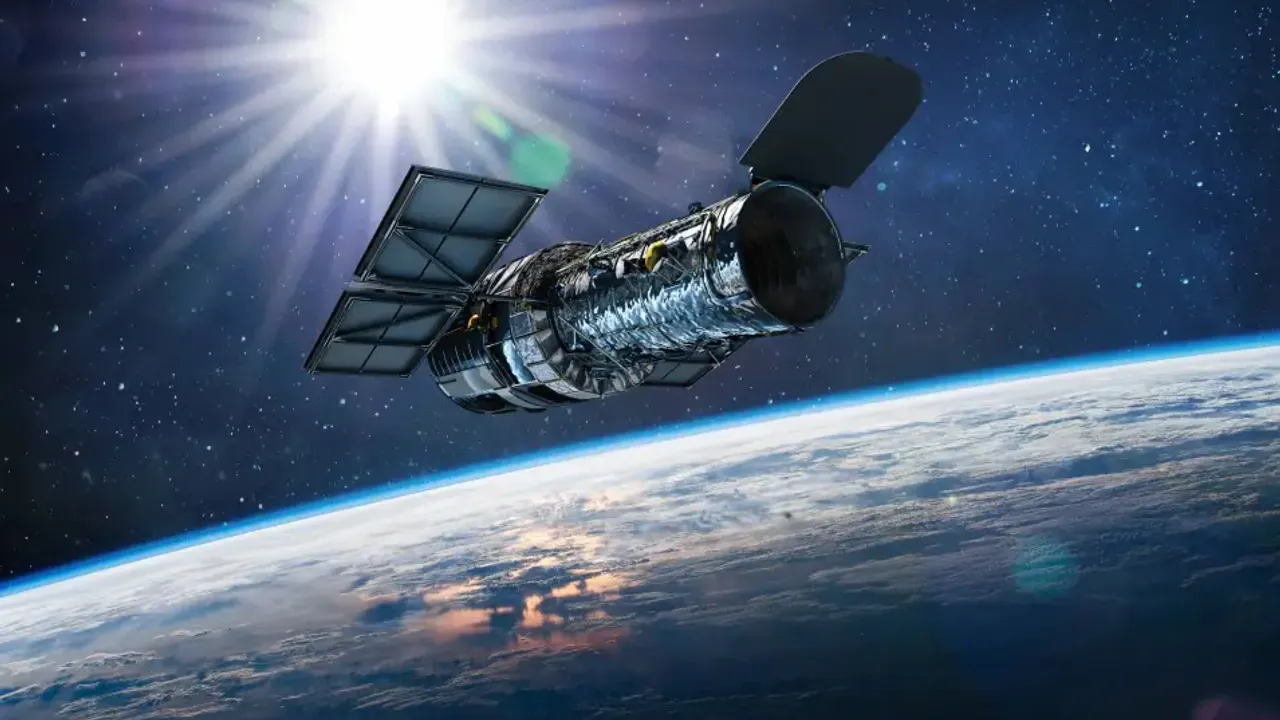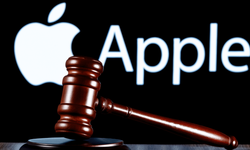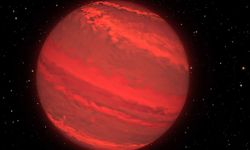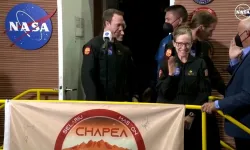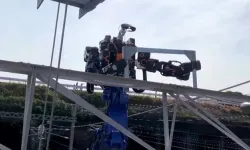NASA has announced that the Hubble Space Telescope has paused operations due to a mechanical problem. The problem was determined to be with one of the gyroscopes that works to help Hubble rotate and lock on to new targets.
The telescope automatically went into "safe mode" on Tuesday when one of the three gyroscopes started sending erroneous readings.
Scientists used Hubble to determine the first official estimate of the age of the universe and to take images of the universe from the beginning. Operations have been suspended for now, while NASA officials are working to fix the malfunction.
THIS IS NOT THE FIRST TIME
Launched in 1990, the 34-year-old space telescope has been experiencing problems with its gyroscopes from time to time. In addition to measuring the speed at which an object rotates, the gyroscopes help keep Hubble steady and oriented.
Each of the telescope's gyroscopes contains a wheel that spins 19,200 times per minute inside a sealed cylinder. The last space shuttle mission to repair and refurbish the gyroscopes was in 2009. On that mission, broken gyroscopes were replaced with ones filled with pressurized nitrogen instead of oxygen.
IS THIS THE END OF HUBBLE?
Since the end of the space shuttle program in 2001 and the launch of the James Webb Space Telescope in 2021, no further crews have been sent to repair Hubble. But this does not mean the end of Hubble. NASA says the team that operates the telescope is working to find possible solutions.
In 2009, when Hubble was serviced for the fifth and final time, six new gyroscopes were installed. Only three of these gyroscopes are still working, including the one that sends back erroneous signals. Ideally, Hubble should use three gyroscopes at the same time, but it is also possible to operate with only one gyroscope.
STATEMENT FROM NASA
NASA officials remain optimistic about whether this is the end of Hubble. "NASA anticipates that Hubble will continue to make groundbreaking discoveries throughout this decade and possibly beyond, working with other observatories like the agency's James Webb Space Telescope," the agency wrote in an announcement today.
